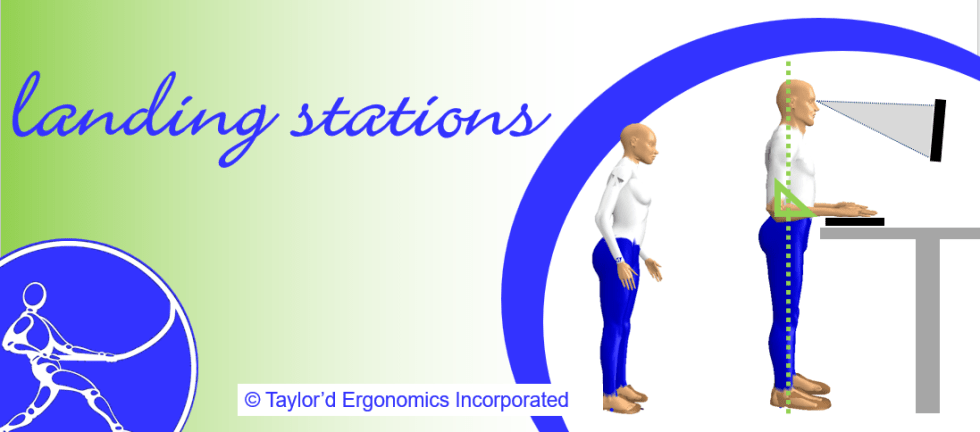The flood of requests for sit/stand desks shows no sign of slowing down, and probably for good reason. Now that we can type, mouse and even hold meetings without getting out of our chair, people are feeling virtually (pun intended) chained to their desks.
Decades ago, people delivered voice messages on little pink sheets, and walked to the copier or printer, and went to meetings down the hall. Even three years ago, pre-pandemic, most people found opportunities to walk to a meeting room, or stand at a co-worker’s cubicle for a few minutes to chat about golf or swap recipes. Now, these chats are apt to take place through a webcam that points at our eyes as we’re glued in our chairs. What little time we spent out of the chair has dwindled to nothing; now it’s only through intentional breaks from the screen that we leave our seat. And some of us (myself included) tend to get focused on a task to the exclusion of all other needs, including our body’s need to move, hydrate, and stretch.
There’s good news. The cost of sit/stand desks, even good ones that adjust to accommodate the smallest and tallest of workers, has dropped substantially. They are now as economical as buying a table and good quality keyboard tray. So if you’re replacing furniture, or equipping a home office, I would strongly suggest searching for a sit/stand desk that will accommodate the user’s body size. That means it will:
- go low enough to position the keyboard at seated elbow height with the feet firmly supported on the floor,
- go high enough to position the keyboard at standing elbow height, and
- offer a deep enough surface (front to back) to permit the legs to fit under the desk and the screen to be positioned at a comfortable viewing distance when the chair is pulled close to the desk.
If you opt for one that will not go low enough (please don’t) such as a desktop sit/stand device or one of those wholesale warehouse sit/stand desks, be prepared to purchase a high quality footrest and possibly also an articulating keyboard tray.
Not convinced that providing a sit/stand option is worth the cost? Skeptics will point out that not all people will use a sit/stand desk regularly. This is absolutely true. But they will use it when their backs hurt. Provided with knowledge and awareness (we can help), people will use sit/stand desks appropriately and with good results. More and more research is being published to show this.
Still not convinced? Provide “landing stations” in your workplace. Set up sharable workstations that can be signed out for an hour each day. When these are full, buy more. Sharable workstations are the way of the future, as employers re-consider hybrid and remote work, and the need for large offices. Be proactive and offer people the option to use a sit/stand station for part or all of the day, gauge the response, and act accordingly.
Want to learn more about sit/stand desks and office ergonomics? Join us in Cambridge on September 22 for a full day of practical, hands-on learning.


